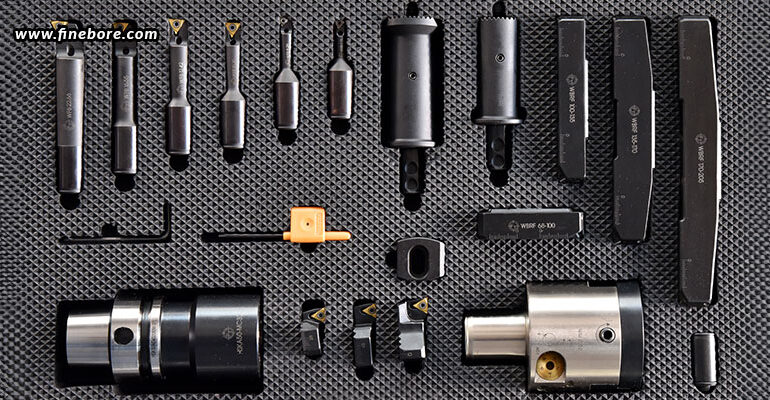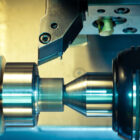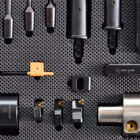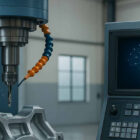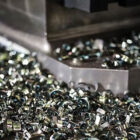When it comes to precision machining, choosing the appropriate equipment might be the difference between mediocre and outstanding outcomes. Boring bars are necessary for accurately and efficiently machining interior features, but there are a few important aspects to take into account. Every choice you make affects the efficiency and quality of your machining, from picking the right insert to maximizing chip evacuation. This blog examines these important elements to enable engineers and machinists to get the most out of their boring operations.
Selecting the right boring bar
In boring applications, a component’s diameter and length determine its possibilities and restrictions. Optimizing stability and performance is what you want while choosing a boring bar. Selecting the largest possible diameter for enhanced rigidity—which lowers vibrations and improves machining accuracy—is a fundamental rule of thumb. Reducing overhang, or the space between the cutting edge and the tool holder, also increases stability and lowers the possibility of deflection while cutting.
Clamping the boring bar
Maintaining dimensional precision and effectively transferring cutting forces depend on effective clamping. Stable clamping mechanisms are essential for modern high-performance boring bars to prevent them from being a weak point in the machining setup. To properly balance cutting forces, it is advised to clamp onto a minimum of three to four times the diameter of the bar. To further optimize tool performance and lifespan, it is recommended to use split collars and high-quality sleeves that improve contact between the bar and the holder.
Chip evacuation strategies
At high stock removal rates, in particular, effective chip evacuation is crucial to avoiding workpiece damage and preserving consistent machining quality. Techniques like high-pressure coolant systems and appropriate coolant flow control make it easier to remove chips from the hole quickly. In some applications, boring upside down gives chips greater room to escape, essentially using centrifugal forces to remove chips from the cutting region.
Selecting the right insert
The choice of inserts has a big impact on chip control, cutting forces, and overall machining efficiency. Inserts in the positive style that have a favourable macro shape reduce cutting forces and provide more efficient chip evacuation. To maximize performance, the insert’s chip breaker and shape must be matched to the particular cutting circumstances. Choosing the right insert type provides reliable machining operations without sacrificing tool life or surface smoothness in situations where a compromise between wear resistance and cutting-edge strength is required.
Suggested overhang for various bar trends
The amount of overhang, or the distance the boring bar may extend from the tool holder, before performance and stability are jeopardized depends on the material and design option made for the bar. Because of their stiffness, steel bars can normally support overhangs up to four times their diameter. After then, switching to carbide or heavy metal bars is advised, particularly for applications that call for deeper bores or a longer reach. When the overhang is more than eight times the bar diameter, internally damped bars with vibration-absorbing characteristics perform very well, greatly increasing feeds and machining rates while minimizing vibrations.
The skill of using boring bars effectively requires careful consideration while choosing and configuring tools. Precision machinists can attain better outcomes in precision machining operations by comprehending and putting the above-mentioned principles to practise. Every choice made is critical to increasing output, decreasing downtime, and producing machined components of the highest calibre. Discover the extensive selection of precision boring bars in Bangalore from FineTech Toolings, made to accommodate a variety of machining requirements. Learn how their knowledge and superior products can enhance your machining skills.

